As seen on AdExchanger
The economic downturn caused by COVID-19 has accelerated supply-path optimization (SPO) conversations and will force suppliers that don’t exceed buyer demands and expectations to shape up or shut down.
Transparent and brand-safe supply are table stakes. It will be up to selling partners to demonstrate incremental value that agencies and brands can’t get from anywhere else.
EMarketer predicts the economic decline will hurt smaller players while strengthening Facebook and Google. While this is to be expected at a macro level, buyers will actually start to notice competition from more obviously differentiated options, ranging from unique inventory to unique data and creative customer experiences.
The strain on the market has shone a spotlight on partners that can really differentiate and add value.
The value equation
While commenting on ISBA’s recent report about wasted programmatic spending, Jay Friedman made the valid point that brands should focus on value creation and optimization, rather than purely cost-cutting. Once buyers have eliminated enough waste, that’s exactly what they will do.
For so long, we have all talked about the race to the bottom in programmatic. Well, we hit the bottom in Q2, and commoditized low-price inventory will no longer be the focus, nor will cost-cutting measures by buyers.
The next phase of review will illuminate the value of unique inventory, creative services and exclusivity in targeting and access points. Transparency will be the norm, because quality will be the focus. These pillars will give rise to differentiation within the seller landscape.
The real promise of supply-path optimization is in driving differentiated value from a portfolio of seller partners, with a higher focus on premium programmatic. One major emerging category is access to unique inventory through close technology and publisher partnerships, including major mergers that will really accelerate in the second half of 2020 and beyond.
FreeWheel, with a specialization in video and unique access to inventory across the larger company portfolio (with NBC, for example) will be in high demand. Similarly, Roku has set up dataxu as OneView, joining Roku’s massive OTT viewer base with dataxu’s measurement and campaign delivery. And Xandr was recently folded into Warner to create a smoother process to better align its go-to-market. The Washington Post offers its own header-bidding wrapper, which competes with a standard SSP offering and is being used by other publishers.
As the viability of the cookie diminishes, companies with unique targeting capabilities will also become vital to brand buying strategies. Publishers that can provide access to valuable first-party publisher data will help fill in gaps for brands. The New York Times moved Wirecutter under the “nytimes.com” domain, which also expands its first-party cookie footprint. OpenX is working on OpenAudience, a form of people-based marketing in its own effort to differentiate.
The customer experience itself will also become more important to brands as they start to move TV budgets to OTT and think about buying programmatically for the most premium digital inventory of all. Pluto and Beachfront have both pushed hard at offering differentiated programmatic OTT, which becomes more important as so many people switched to streaming content during Q2.
And speaking of customer experience, exclusive ad slots and specialized contextual targeting from niche players such as AppLovin, which offers formats that fit into a mobile gaming UX, and Rhombus, which offers advertising around social embed, will prove to be a double threat with unique experiences and unique creative. Others, including Innovid and Criteo, are hoping to improve customer experience through dynamic creative optimization.
With the number of distressed companies available, it’s likely that more publisher-vendor or vendor-vendor matches will be made, which will lock up a wide variety of inventory and combine unique offerings into even more enticing differentiated products. It’s possible that the open exchange shrinks considerably due to a shift to these unique approaches to value-based buying.
Buyers will get the transparency and cost savings they’ve been asking for. Next, they’ll want elements such as exclusivity, priority buying and unique access points that get them placements that drive real engagement, not just savings.
Publishers are getting smarter about managing their own inventory and data. They’re what buyers ultimately want access to in any SPO conversation – the technology has to enhance, not hinder that element of the buying process. Publishers and vendors will continue to get closer as a result.

-1.png?height=100&name=image%20(4)-1.png)
